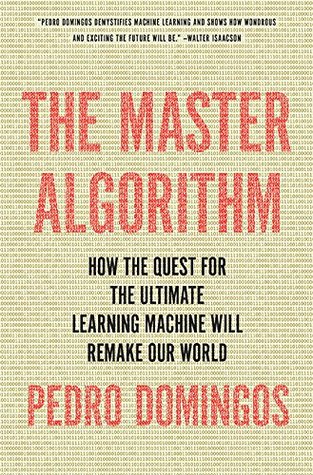In 1913, on the eve of World War I, the Russian mathematician Andrei Markov published a paper applying probability to, of all things, poetry. In it, he modeled a classic of Russian literature, Pushkin’s Eugene Onegin, using what we now call a Markov chain. Rather than assume that each letter was generated at random independently of the rest, he introduced a bare minimum of sequential structure: he let the probability of each letter depend on the letter immediately preceding it. He showed that, for example, vowels and consonants tend to alternate, so if you see a consonant, the next letter
...more
Welcome back. Just a moment while we sign you in to your Goodreads account.


